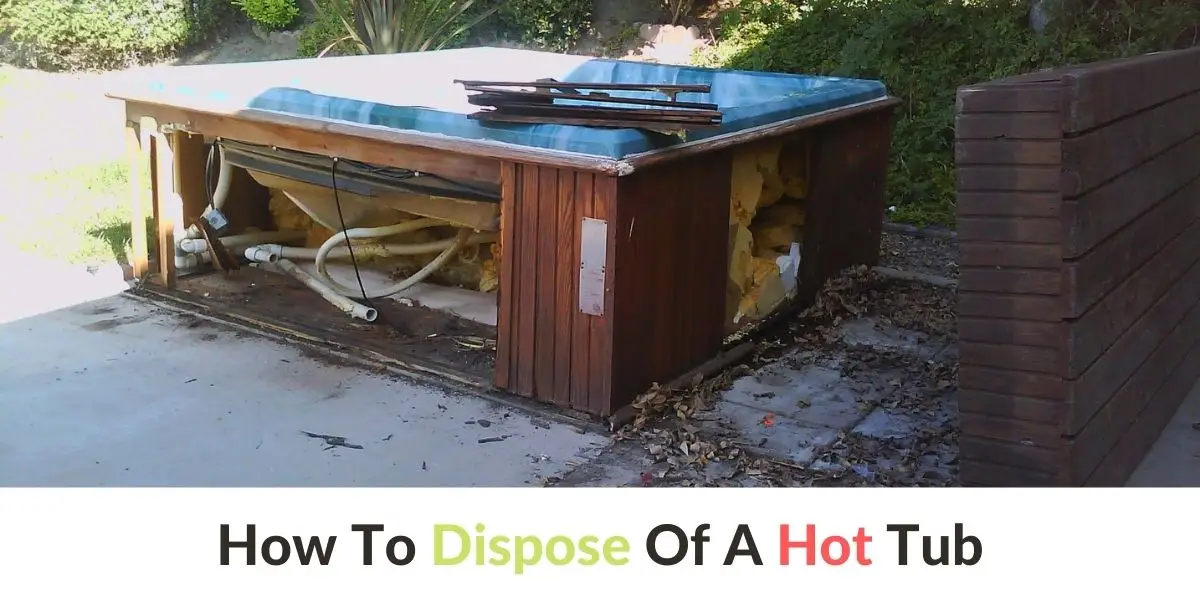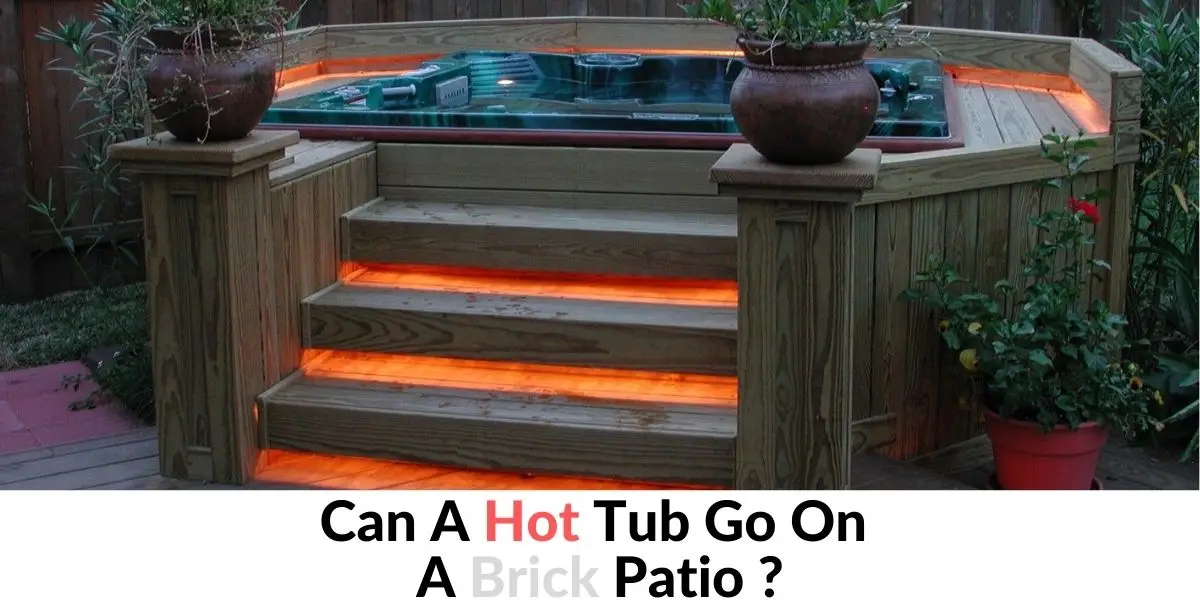How Do I Know If My Hot Tub Has a High-limit Switch?
Every hot tub has a high-limit switch. The high-limit switch is a safety feature installed in all hot tubs, which prevents your hot tub from overheating.
If you have ever wondered, it is located in your heater cabinet, usually in its lower-left corner. The high-limit switch is often colored white with the red push button in its center.
Most hot tub users do not even know they have this switch until they notice that their hot tub has stopped heating. So before blaming it on the heater, you should first inspect the high-limit switch.
How Do You Reset A High-Limit Switch?
To reset a high-limit switch, press the red button on your hot tub pack that is located in your heater cabinet. The high-limit switch usually trips if your hot tub water hits extreme temperatures. Therefore, if the high-limit sensor detects an unsafe temperature for you or your equipment, it automatically breaks the circuit and deactivates the heater. Moreover, in today’s hot tubs, the high-limit switch cuts the power to the entire hot tub.
However, your high-limit switch might sometimes trip for no apparent or significant reason or after refilling your hot tub. To ensure that there is nothing wrong with your hot tub, you should test your hot tub to see if it trips again after resetting the switch. However, if it does not trip, it means that everything is in order.
On the other hand, if you notice something wrong with your hot tub, but you cannot reset the high-limit switch, you should look for an issue elsewhere. This is because the high-limit switch button pops out when triggered, and if the button does not pop out, the high-limit switch has not tripped and cannot be reset.
What Does A High-Limit Switch Do?
The high limit switch task is to protect your hot tub in case of overheating by interrupting the power supply. It is a built-in safety switch designed to trip when its sensors diagnose unsafe levels of water temperature. Whenever your hot tub water reaches extreme temperatures, somewhere around 120°F, the high-limit switch breaks the circuit and cuts the power to the heater and the pump, causing the hot tub to shut down. However, in case you own an older hot tub system, the high-limit switch tripping might only cut the power to the heater.
Additionally, this switch works by sensing the temperature with the capillary tube attached to a silver 1 to 3 inches long bulb, usually housed in a thermowell outside of the heater cabinet. If the switch triggers, it needs to be reset manually once the water temperature in your hot tub has decreased. Resetting is done so by pressing the red button in its center located on your hot tub pack.
How Do I Know If My High-Limit Switch Is Bad?
As the majority of hot tub owners probably already know, the high-limit switch is designed to cut the power to the heater and the pump when your hot tub water reaches dangerously high temperatures. However, if upon tripping, your water temperature proves typical and, when compared, it turns out that the temperature in the thermowell is the same as in the rest of the hot tub, it means that the high-limit switch is damaged and needs to be replaced as soon as possible.
Moreover, suppose you notice that your hot tub water temperature keeps rising and that it is no longer safe for you to soak in because it is too hot. The water can scald you, but your heating element and the pump continue operating. In that case, it is a definite sign that your high-limit sensor is not working correctly. Therefore, it would be best to power down the hot tub and cool it down to prevent damage to the equipment. Please be advised to replace the high-limit switch to avoid further issues with your hot tub and additional costs spent on repairs because this switch is an obligatory feature when it comes to your hot tub’s safety.
How Do You Test A Hot Tub High-Limit Sensor?
To test your hot tub high-limit sensor, you should do the following:
- Shut your hot tub down at the breaker and hot tub pack
- Use the Ohmmeter and set it to the 20K setting
- Locate the wire ends and remove the plug from the board
- Place your Ohm meter leads onto the green and red wire
- Compare readings to Thermistor Resistance vs. Temperature Chart
The high-limit switch is a variable resistor that changes its value due to the water temperature. For example, hot tub high-limit sensors at 77°F usually display a resistance of 10,000 ohms. But, the resistance will decrease if the water temperature increases. Therefore, if your water temperature is 104°F, the Ohmmeter will display a resistance of 5,326 ohms, while at 60°F, the resistance will increase to 15,314 ohms.
However, getting a zero reading on your Ohmmeter is never good while testing the high-limit sensor. If your meter does show a zero reading, it is probably because the high-limit switch or a cable is defective. Hence the faulty part should be addressed as quickly as possible because this might put your entire hot tub functioning in danger.
Moreover, to get an accurate resistance reading, you should test your water temperature to know what value the Ohmmeter should read. Additionally, you can check your high-limit switch by removing it from the tub, putting the sensor end in a saucepan of water with a thermometer, and heating it until it opens.
Let me remind you one more time that it is of great importance to power off your hot tub entirely when testing the hot tub’s electrical equipment for resistance.
Where Is The Reset Button On A Hot Tub?
Every hot tub owner should know that there are two reset buttons on his hot tub:
- GFCI reset button, and
- High Limit Switch reset button.
First of all, a GFCI (Ground Fault Circuit Interrupter) and a high-limit switch are both safety features that protect your hot tub either from unusual fluctuations in your power supply or from overheating. The GFCI trips in case of a short circuit or a ground fault and cuts off all electricity to a hot tub.
GFCI is located in the control panel close to the hot tub outlet and at least six feet away from your hot tub to reduce the risk of the electricity being exposed to water. The GFCI consists of two buttons. One is used to test hot tub electrical components, and the other is a reset button, both of which are visible. However, the reset button is usually colored red and labeled as reset. To reset it, press the red button, and the electricity supply to your hot tub should be restored.
The second reset button, i.e., the high-limit switch reset button, is located on the hot tub’s control pack. Precisely speaking, it is located in a hot tub’s heater cabinet, usually in its lower-left corner. The high-limit switch is often colored white with the red push button in its center. However, to reset the high-limit switch, the red button needs to be popped out. The switch usually pops out when the hot tub water gets too hot, thus interrupting the heating circuit and shutting down the entire hot tub. If this is not the case, it means that the high-limit switch has not tripped and cannot be reset.
Can You Bypass A High-Limit Switch On A Hot Tub?
Generally, it is possible to bypass a high-limit switch. However, it is only recommendable to do so while testing it for the accuracy or correctness of the device itself.
On the other hand, the high-limit switch is the safety device that protects your hot tub from overheating, and it would be reckless to run a hot tub without it. In addition, bypassing a high-limit switch could cause significant damage to the hot tub equipment because the excessive heat in your hot tub could melt down the heater components and other parts of the hot tub.
Besides, without a high-limit switch responsible for cutting off the power in case of overheating, your hot tub will continue operating even though the water temperature becomes too high and unsafe. This way, you could get severe burns if you enter the water unaware of the present temperature situation. Therefore, be advised to place the high-limit switch feature back to its place as soon as possible.
How to bypass high limit switch on spa?
It is not recommended to bypass the high limit switch on a spa, as this is a safety feature that is designed to prevent the water from overheating. The high limit switch is a safety device that shuts off the heater if the water temperature exceeds a certain level, to prevent the risk of burns or other injuries. Bypassing the high limit switch can be dangerous and could result in serious injury or damage to the spa.
If your spa is not heating properly, there may be other issues that need to be addressed. It is recommended to contact the manufacturer or a licensed service technician to diagnose the problem and recommend a solution. They will be able to determine the cause of the problem and recommend a safe and effective way to fix it.
Hot tub high limit switch location and troubleshooting
The high limit switch is a safety device that is designed to shut off the heater if the water temperature exceeds a certain level, to prevent the risk of burns or other injuries. In a hot tub, the high limit switch is usually located near the heater, often on the heater housing or near the control panel.
To troubleshoot a high limit switch, you can try the following steps:
- Check the water temperature: The high limit switch may have tripped if the water temperature is too high. If this is the case, allow the water to cool down to a safe temperature before resetting the switch.
- Reset the switch: If the water temperature is within a safe range, you can try resetting the switch by flipping the switch to the “off” position and then back to the “on” position.
- Check for blockages: If the high limit switch is tripping frequently, there may be a blockage in the circulation system that is preventing the water from flowing properly. Check for any blockages or debris in the filters, pipes, or pump.
- Check the heater: If the high limit switch continues to trip, there may be a problem with the heater itself. The heater may be malfunctioning or there may be a problem with the electrical connection.
If you are unable to resolve the problem with the high limit switch, it is recommended to contact the manufacturer or a licensed service technician for assistance. They will be able to diagnose the problem and recommend a solution.









